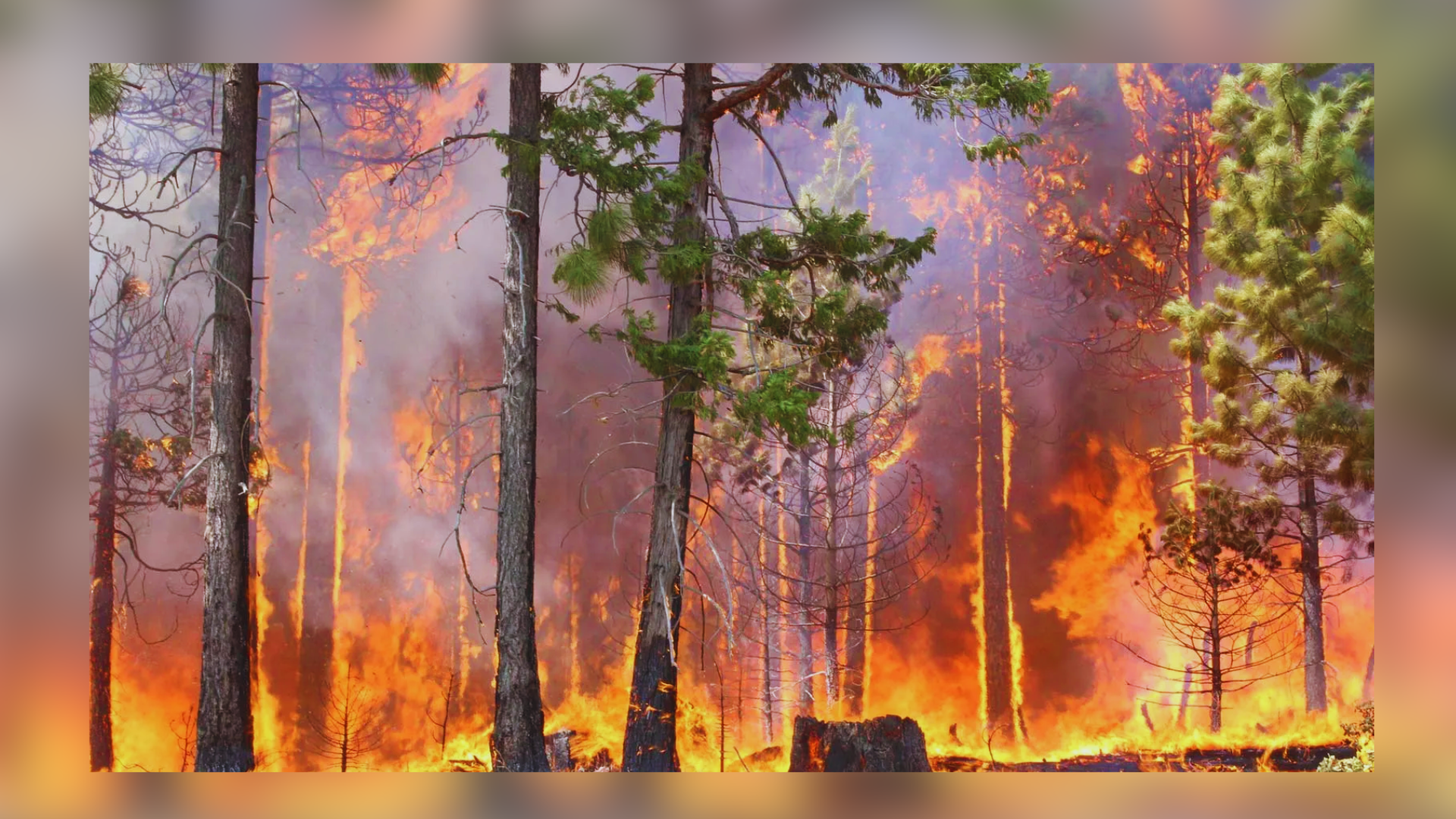In order to discuss the current forest fire situation, a review meeting was held by the Uttrakhand Chief Minister Pushkar Singh Dhami with the Kumaon divisional officers in which directives were issued to combat wildfire in the region.
According to an official release, “Chief Minister Dhami reviewed the efforts to prevent forest fire with the officials of Kumaon Division at the Forest Training Academy Haldwani and gave strict instructions to the officers to prevent the forest fires.”
Why is Uttrakhand facing forest fires
While a forest fire can be caused by anthropogenic and natural causes there are three prerequisites that must be present in order for the fire to ignite and those being fuel, oxygen, and a source of heat. These fires are especially prone to occur in hot and dry climates, particularly in dry summer months.
Forest fires, typically ignited by accidental factors, represent a significant economic threat to regions due to extensive damage to natural resources and habitat loss for biotic beings. These fires also impose a financial burden on governments, necessitating extensive restoration efforts.
The occurrence of fires in the North-Western Himalayas is linked to the abundance of pine trees and the build-up of dense, flammable litter. During summer, a significant amount of pine needles accumulates on the forest floor, creating conditions highly conducive to fire outbreaks.
The anthropogenic reasons for fire include the clearing of forests by the indigenous dwellers and villagers who practice slash-and-burn cultivation in the low-altitude Himalayan hilly regions.
Further climate change has also influenced the rise of forest fires. According to reports the global temperature has already supassed the base level temperature rise threshold set by the Paris agreement, and this has further intensified the situation. Due to this, there is a staggering increase in the average and maximum air temperature across the globe.
Furthermore, there is a decrease in precipitation patterns all over the world the effects of which can be seen evidently and this has increased the instances of forest fires in Asian countries most of which are agriculture-intensive.
How to extinguish the fire
There are several ways in which this matter can be tackled. Firstly spreading awareness amongst the communities would serve as the best deterrent.
Furthermore, controlled or prescribed burning involves removing biomass, which has proven to be beneficial in fostering healthy forest growth. This process eliminates undergrowth, dead trees, and litter, allowing fresh and healthy plants to take their place.
Additionally, areas that have undergone controlled burning or clearing of dried biomass through ground fires are less susceptible to subsequent fires.
Preventive measures also encompass employing temporary fire watchers, desilting water sources within forests, and ensuring the availability of fire safety equipment. Enhanced forest surveillance using drones has demonstrated its effectiveness as well.
Further, the government has also employed measures including a satellite-based fire alert system, aiding staff in quickly detecting forest fires. Staff members utilize techniques such as beating the fire with green, leafy boughs and employing counter-fires. Additionally, they are equipped with fire beaters and blowers to combat fires effectively.
Hence, it is crucial to consider the significant impacts of forest fires and their underlying cause, which is climate change. Raising awareness about this disaster is fundamental, and communities need to be informed and empowered to enhance their restoration efforts for tangible positive outcomes
ALSO READ
Unmasking The Dangers Of Ultra-Processed Foods: A Call To Action For Healthier Eating Habits

















